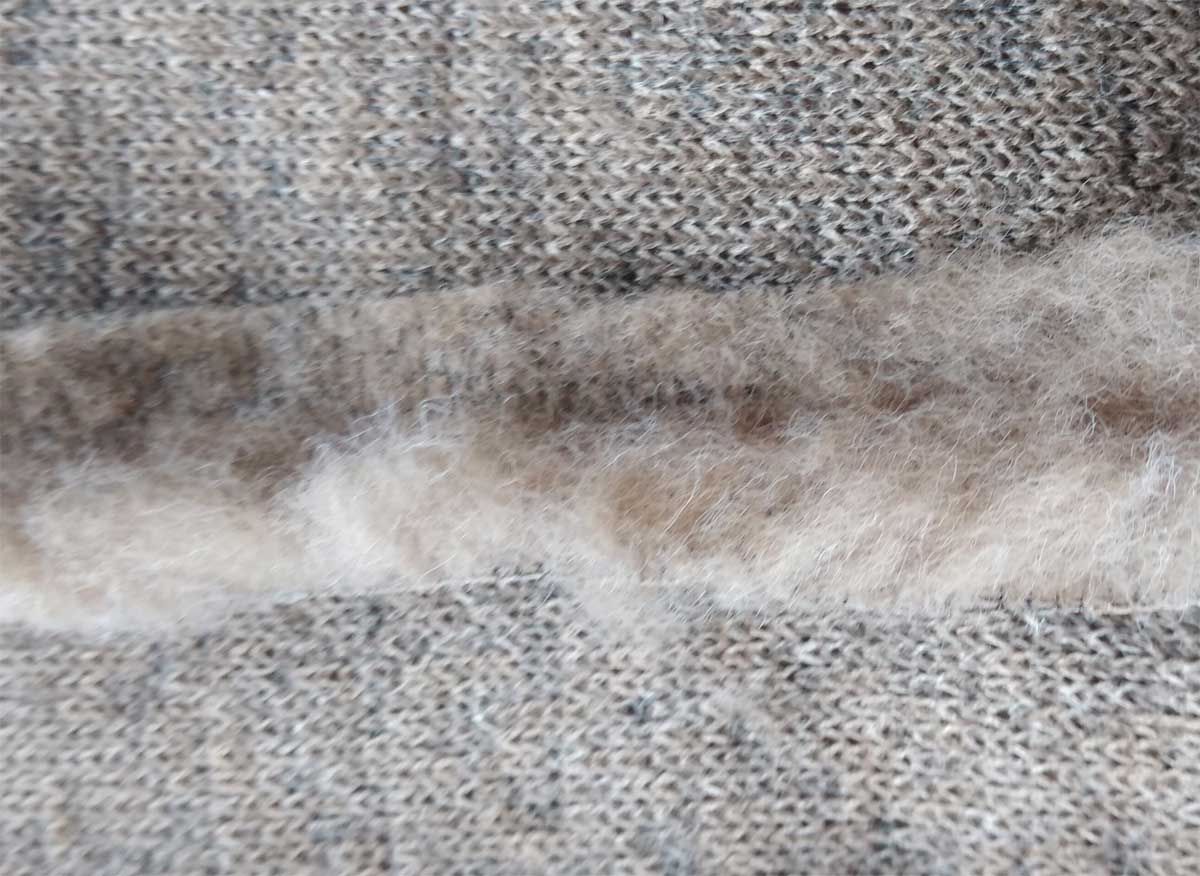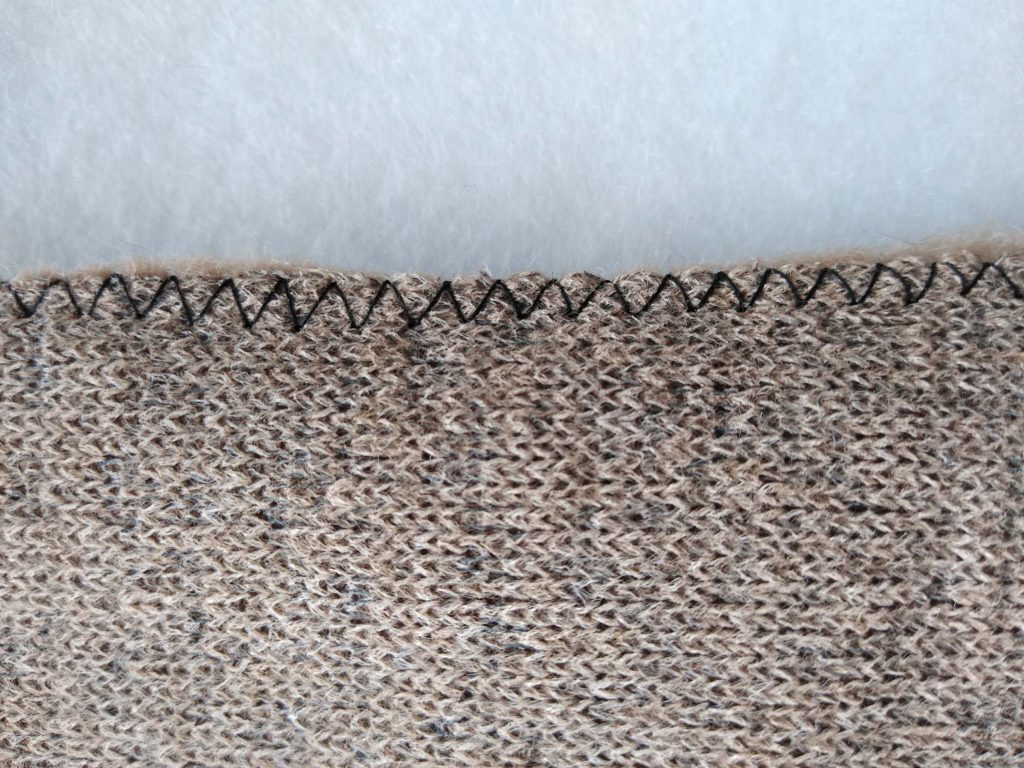Whether you’re making stuffed toys, a funky Halloween costume, a plush wrap for holiday gatherings, a warm coat for the winter, or the most fabulous Cosplay costume ever, faux fur is a wonderful fabric of choice. It’s warm and cozy, comes in a variety of colors and textures, and doesn’t harm animals. But, how do you sew on it? There are some tricks to make the process easier.
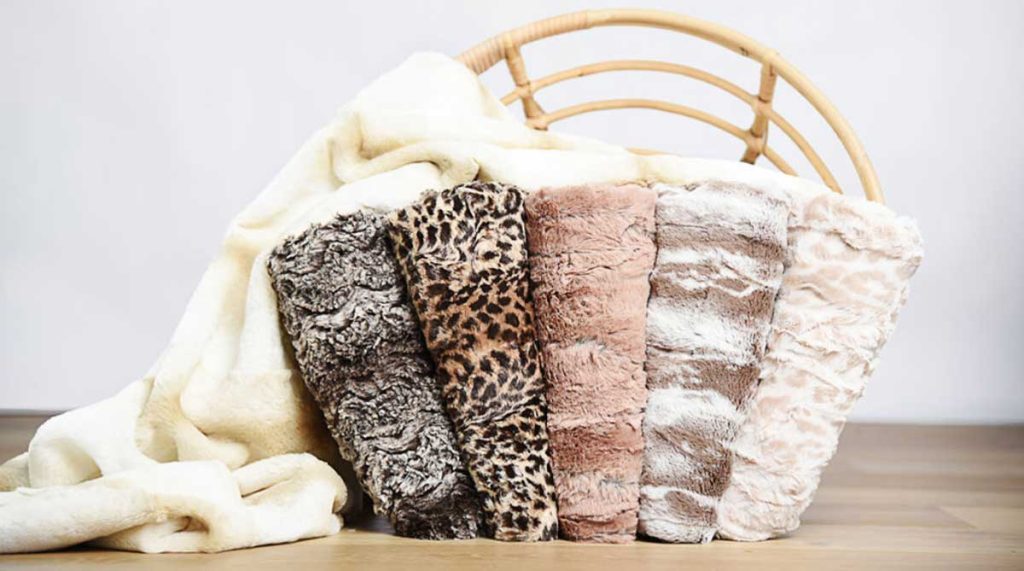
Choose a pattern with simple lines—complex fitting and too many details make sewing these plush fabrics a bit more difficult. Cut-on sleeves are ideal, as opposed to set-in sleeves. Loose-fitting is better than trying to stitch fitting darts in furry fabric. If your pattern was designed for fur, chances are good that the designer planned for simple lines.
Cutting
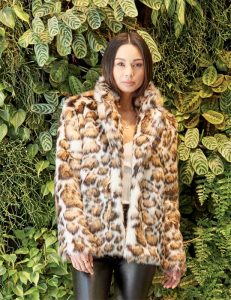
Use the “with nap” cutting layout so that the tops of all the pattern pieces go in the same direction, with the pile surface going down for a smooth appearance. Think what it feels like to pet an animal from head to tail vs. the opposite direction. Mark the nap direction on the fur backing to ensure all the pieces face the same direction.
When using thick furs, choose a lighter weight fabric for details like facings, undercollars, etc. to reduce bulk.
When you cut fur, avoid cutting the right side hairs. Draw the pattern shapes (remember, both a right and left half) on the backing and cut the pieces single layer. Use the tip of some sharp scissors or a sharp craft knife to cut only the backing and not the long hairs of the right side. Transfer any markings to the wrong side after cutting.
Sewing
If you’re sewing conventional seams, use at least a ½” seam allowances, as anything narrower makes the seam line hard to control. Finger-press the seam allowances open, and to reduce bulk, trim the pile within the seam allowances.
Sewing seams in fur can be tricky as the layers tend to shift. To avoid this, use a walking foot or dual-feed to help. Hold the seam allowances together with spring clips to keep them in place while sewing, or hand-baste. Keep the layers taut while sewing to prevent puckering, but don’t stretch them, and use a slightly longer than normal stitch length.
If your machine has adjustable pressure, decrease the presser foot pressure to help with the layers shifting.
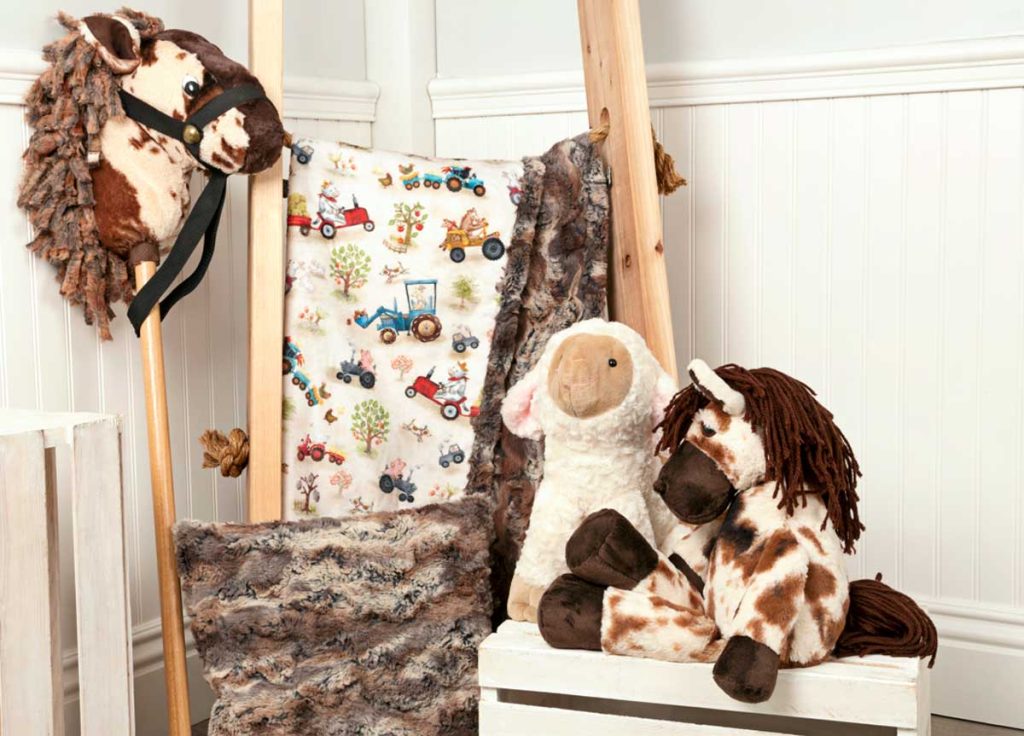
Almost all furs have a knit backing, so choose a sewing machine needle size consistent with the fabric weight, with either a universal or ball point to avoid damaging the fabric. Regular sewing thread works fine for fur.
As you sew, push the pile toward the project and away from the actual seamline. Stop every few inches to ready the area ahead of your needle and presser foot. The more pile you can keep out of the actual seam, the easier the finishing will be.
Seaming Option
If you think conventional seams might be too bulky in your project, think about trimming off the seam allowances entirely, and using a wide, open zigzag to sew over the adjacent fabric edges. Because of the pile, the seams will be hidden once opened.
Faux fur can also be sewn with a serger, with the stitches going over the cut edge in the same manner as a zigzag.
Finishing
Do not press most fur fabrics—finger-press only. Steam and heat can permanently damage fur pile.
Once you’ve stitched seams, take a long pin or needle and “comb” the pile out of the seam that got caught during stitching. Doing this will give you an almost invisible seam line buried in the pile.
Furs generally are not suitable for topstitching, buttonholes and other finishing details common to other fabrics. Choose alternative fasteners where needed, like hook-and-loop tape, snaps, hooks, etc. Avoid zippers on long-pile furs, as the hairs get caught in the zipper mechanism.
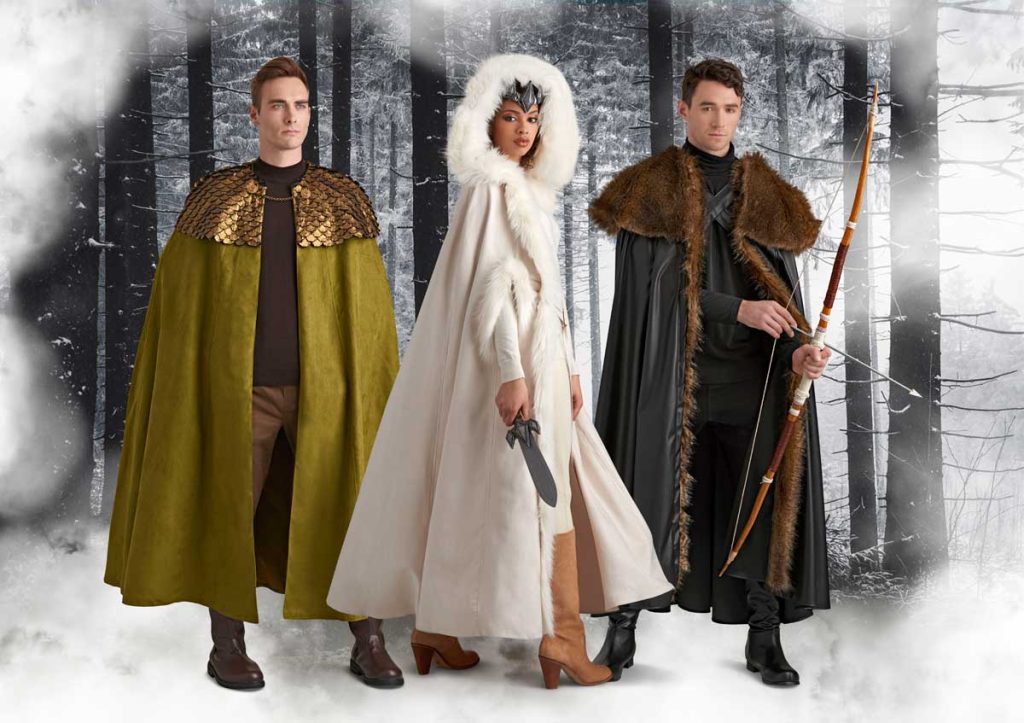
Cleaning
Sewing faux fur makes a mess—no doubt about it! So, clean your machine frequently and clean your sewing area when the project is done, or the cut fur pile will haunt you forever. Use a strip of packing tape or an adhesive lint remover to pick up loose pile. This works on seams as well where you’ve trimmed the hairs to reduce bulk.
~Linda Griepentrog is the owner of G Wiz Creative Services and she does writing, editing and designing for companies in the sewing, crafting and quilting industries. In addition, she escorts fabric shopping tours to Hong Kong. She lives at the Oregon Coast with her husband Keith, and three dogs, Yohnuh, Abby, and Lizzie. Contact her at .





